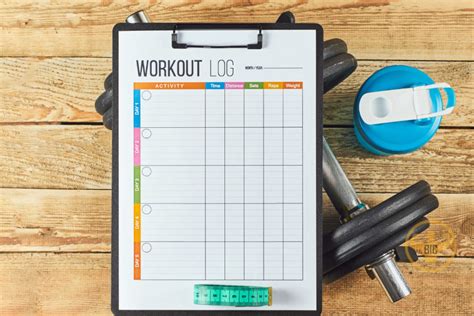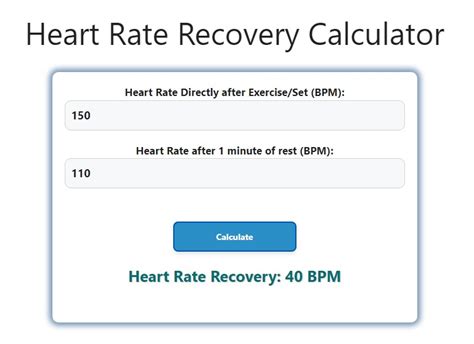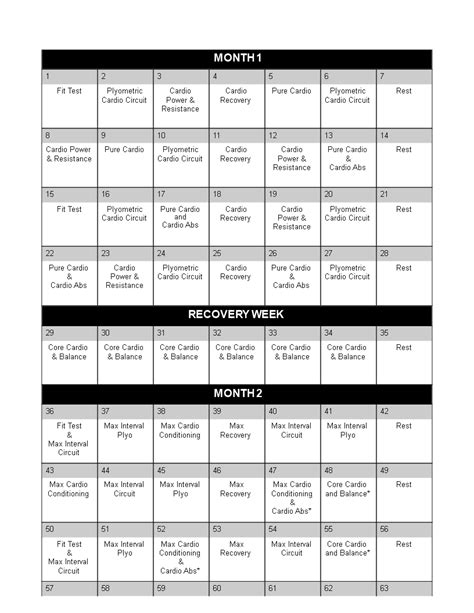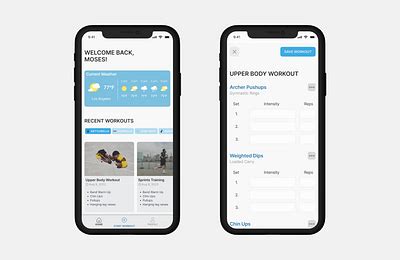Break strength plateaus: Optimize training frequency for peak gains & recovery?

Hitting a strength plateau can be one of the most frustrating experiences for any dedicated lifter. You’re putting in the work, but the numbers on the bar just aren’t moving. While many factors contribute to stalled progress, one often-overlooked and incredibly powerful lever you can pull is optimizing your training frequency. It’s not just about how hard you train, but how often, and how that frequency aligns with your body’s ability to recover and adapt.
Understanding Training Frequency and Its Impact
Training frequency refers to how often you train a specific muscle group or movement pattern within a given period, usually a week. The goal of resistance training is to provide a stimulus that prompts your body to adapt by getting stronger and building more muscle. This adaptation process, however, doesn’t happen during the workout itself, but during the subsequent recovery period.
Too little frequency, and you might not be providing enough consistent stimulus for optimal adaptation. Too much, and you risk overtraining, where your body doesn’t have sufficient time to recover, repair, and grow, leading to fatigue, performance drops, and potential injury. Finding the ‘sweet spot’ is crucial for continuous progress.
The Goldilocks Zone: Too Much vs. Too Little
Imagine your training frequency as a balancing act. On one side, undertraining means you’re leaving gains on the table. Your muscles might recover quickly, but they aren’t being challenged often enough to signal significant adaptation. This is common with once-a-week body part splits for natural lifters, where the stimulus from one session might wear off before the next one hits that muscle group again.
On the other side, overtraining can be insidious. Symptoms include persistent fatigue, decreased performance, elevated resting heart rate, disturbed sleep, irritability, and increased susceptibility to illness. Pushing too hard, too often, without adequate recovery, is a surefire way to invite plateaus and even regress. The key is to find the frequency that provides just enough stimulus for growth, without exceeding your recovery capacity.

Factors Influencing Optimal Frequency
What works for one person might not work for another. Several key factors determine your ideal training frequency:
- Training Experience: Beginners often recover faster and can make gains with lower frequencies (e.g., 2-3 full-body workouts per week). Advanced lifters might need higher frequencies (e.g., 2-3 times per muscle group per week) to provide sufficient stimulus due to their increased work capacity and recovery ability.
- Training Volume & Intensity: If your individual sessions are very high in volume or intensity, you’ll naturally need more recovery time, suggesting a lower frequency. Conversely, lower volume/intensity sessions might allow for higher frequency.
- Muscle Group Recovery Rates: Smaller muscle groups (e.g., biceps, triceps, calves) often recover faster than larger ones (e.g., quads, back, chest) and can potentially tolerate higher frequencies.
- Lifestyle Factors: Sleep quality, nutrition, stress levels, and occupational demands all significantly impact your recovery capacity. A stressful job or poor sleep will reduce your ability to handle high training frequencies.

Strategies to Optimize Your Training Frequency
To break through those plateaus, consider these strategies for adjusting your training frequency:
- Increase Frequency for Lagging Body Parts: If your bench press is stuck, try hitting chest 2-3 times a week instead of once, perhaps with varying intensity or exercise selection across sessions.
- Implement Full-Body or Upper/Lower Splits: These routines inherently increase muscle group frequency compared to traditional body-part splits, often proving more effective for strength and hypertrophy.
- Periodization: Vary your training frequency over time. You might have phases of higher frequency for a few weeks, followed by phases of lower frequency or deloads to manage fatigue and allow for supercompensation.
- Listen to Your Body: Pay attention to persistent soreness, fatigue, or drops in performance. These are clear signals that your frequency might be too high or your recovery is insufficient. Tools like RPE (Rate of Perceived Exertion) can also help gauge readiness.
- Strategic Deloads: Periodically reducing volume and intensity (or taking a complete break) allows your body to fully recover and prepares it for the next training block, often leading to new strength breakthroughs.

Practical Applications for Breaking Plateaus
If you’re currently training a muscle group once a week, experiment with increasing it to twice a week for 4-6 weeks and observe the results. For example, if you do a ‘chest day’ once a week, try an upper/lower split where you hit chest and triceps on Monday and Thursday. Similarly, if you find yourself constantly fatigued and performance is dropping, reducing frequency (e.g., going from 3 full-body sessions to 2, or reducing the number of exercises per session) could be the solution, allowing for more complete recovery.
Don’t be afraid to experiment. Track your progress, sleep, and energy levels diligently. What feels right and produces results for you is the optimal frequency. Remember, the goal isn’t just to lift heavy, but to do it consistently and progressively over time, allowing your body to adapt and grow stronger.

Conclusion
Breaking strength plateaus requires a smart, adaptive approach to training, and optimizing frequency is a powerful tool in your arsenal. By understanding your body’s recovery capacity, factoring in your experience level and lifestyle, and strategically adjusting how often you train specific muscle groups, you can unlock new levels of strength and muscle growth. Move beyond the ‘more is better’ or ‘less is more’ mentality and find the ‘just right’ frequency that propels you towards peak gains and sustainable progress.









